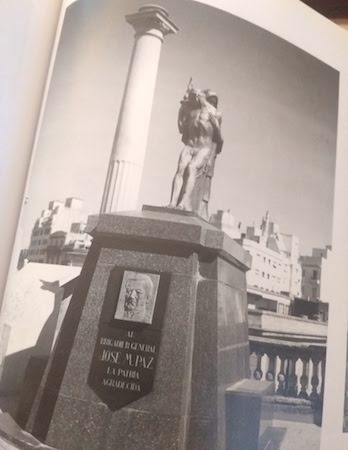Only those who have served Argentina in its top positions reserve the right to be buried with the nation’s flag. Most often used for Presidents, the flag can also be found covering the casket of high-ranking military officers:
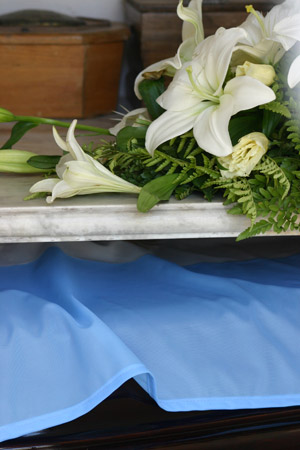
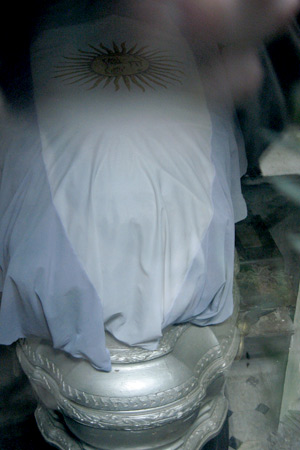
Only those who have served Argentina in its top positions reserve the right to be buried with the nation’s flag. Most often used for Presidents, the flag can also be found covering the casket of high-ranking military officers:


Time for a little revisionist history.
When asked, most Argentines would say that President Roque Sáenz Peña made universal male suffrage national law in 1912. Without a doubt it was his administration that passed the law, but Roque Sáenz Peña died while in office, supposedly from diabetes. As Vice-President, Victorino de la Plaza inherited the difficult job of making sure the new electoral system would be honored. If he had caved in to pressure from the elite & not complied with the new law, Argentine history would be very different today.
Victorino de la Plaza grew up in poverty in the northern province of Salta but always did well in school. So well that he managed to obtain free education in the best schools in the country. He worked in the law office of Vélez Sarfield as an assistant during the writing of Argentina’s civil code, but he actually contributed much more than his title implied. De la Plaza first met Roque Sáenz Peña in that law office, & they remained friends for a lifetime. After fighting in the war with Paraguay, the costs for his education were waived since he was one of the best in his class.
From that moment, De la Plaza’s political career took off. He was appointed to several positions in both educational institutions, provincial & national government (including representative of his native Salta in Congress) & later a number of important foreign ministry & economic positions. De la Plaza spent 21 years in London, promoting Argentina every chance he could. While in the UK, he obtained important railroad investment & debt restructuring which helped Argentina become one of most modern nations in Latin America by the beginning of the 20th century.
Soon after returning to Argentina in 1907, Victorino de la Plaza ran as Vice-President on the Roque Sáenz Peña ticket. Sáenz Peña was in office from 1910 to 1914; De la Plaza completed the last 2 years of the 6-year term after the President passed away. Thanks to De la Plaza’s ability as a statesman, Argentina maintained neutrality throughout WWI & universal male suffrage successfully began in 1916.
But where is he? Multiple sources claim that he is buried in Recoleta Cemetery, but I’ve yet to see definitive proof. An old city government handout puts him near Marcelina Alen de Yrigoyen. Her tomb is pictured below. No plaque belongs to him there & the neighboring mausoleum is empty & undergoing repairs (note the scaffolding on the left):
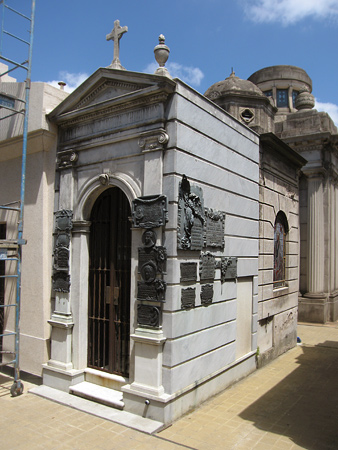
Surely they wouldn’t disturb a President. A few tombs away is Victorino’s brother with a “De la Plaza y Castañeda Vega” nameplate (pix below). No Argentine flag is inside so Victorino is MIA. Any info would be appreciated:
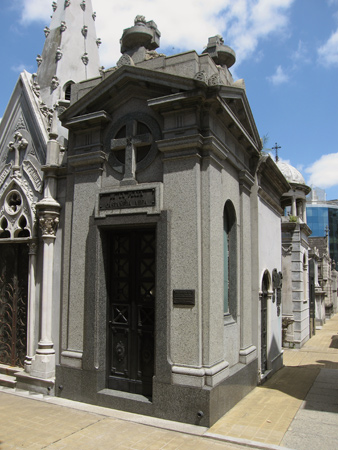
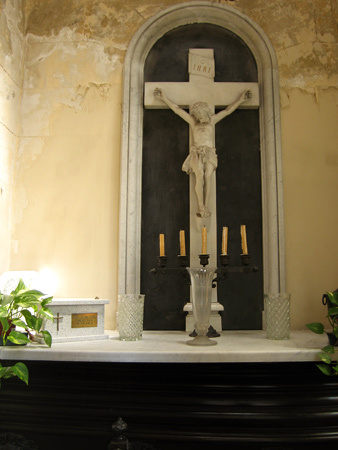
Update: Mystery solved in January 2008.
Leave a Comment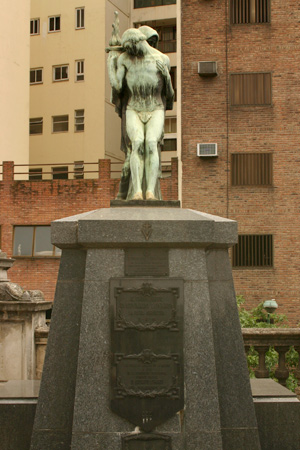
Eduardo Lonardi briefly served as de facto President of Argentina after leading a military coup which forced Perón to flee the country. Dubbed the Liberating Revolution, the military’s reaction to Peronism would influence politics well into the 21st century.
The year was 1955, & Perón had been in power for almost a decade. His policies & political style had generated controversy among Argentines for several years, but those differences were heightened after the death of Eva Perón in 1952. Lacking the charisma of Eva & eventually seeing the results of bad economic decisions, Peronism lost its early strength & the military attempted a coup in June 1955. The daytime bombing of Plaza de Mayo & the Casa Rosada resulted in 364 deaths & over 800 casualties… but Perón was not one of them. He managed to escape unharmed.
A few months later in Sept 1955, Lonardi successfully attempted another coup in the city of Córdoba which spread through the rest of the nation. Perón resigned from the presidency & Paraguay granted him safe passage to Asunción. Lonardi was proclaimed President, but his term was to be short… only 50 days. Realizing the seriousness of ousting a populist leader like Perón, Lonardi thought a lenient attitude to Perón supporters was wise. This conciliatory stance was the origin of his most famous quote, “Neither victors nor vanquished.” In other words, the military should not be seen as victorious over the Peronists, nor should the Peronists consider themselves vanquished.
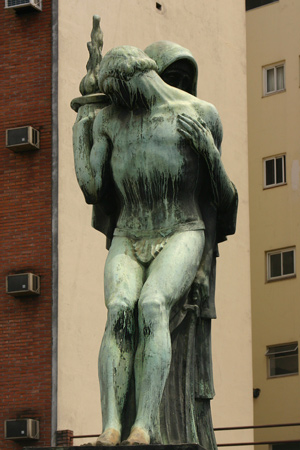
Unfortunately Lonardi’s Vice-President didn’t agree. Wanting to try over 300 Peronistas for treason, Lonardi was forced by fellow members of the armed forces to step down. Pedro Aramburu took Lonardi’s place & remained de facto President of Argentina until elections were held in 1958. Lonardi died 4 months after leaving office, the result of cancer which many say encouraged him to lead the uprising against Perón. If he had failed, he only had a few months to live anyway.
An Art Deco sculpture from 1928 signed by local artist Luis Carlos Rovatti draws a lot of attention. Depicting a fallen soldier with a sword in his left hand, a cloaked woman helps support him as well as his eternal flame. Provocative enough to get carried away with lots of photos.
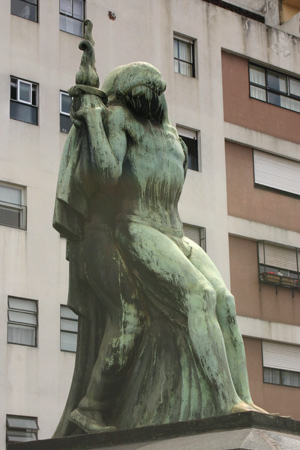
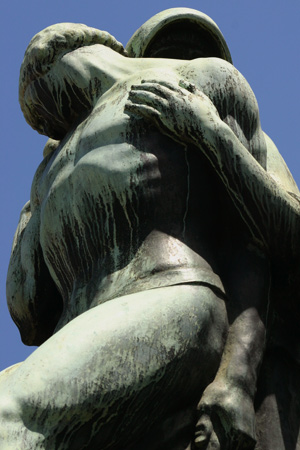
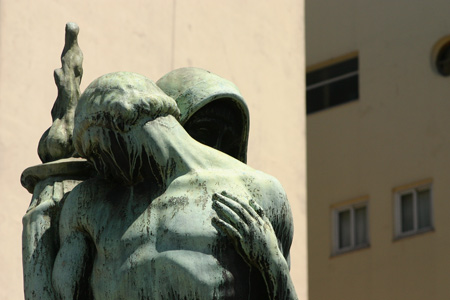
Numerous plaques pay tribute to Lonardi’s role in the Revolución Libertadora.
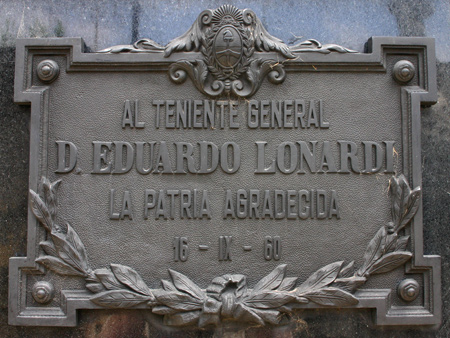
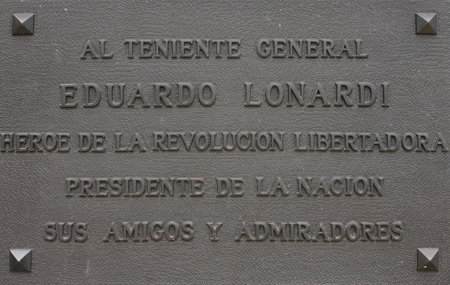
Update (30 Nov 2015): Thanks to newly available images on the CeDInCI website (Centro de Documentación e Investigación de la Cultura de Izquierdas), many images of Lonardi’s funeral and a 1964 tribute to the former de facto President are now available online. I’ve uploaded three here… follow the link above for more:
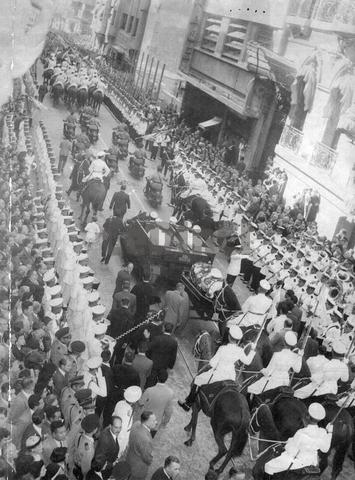
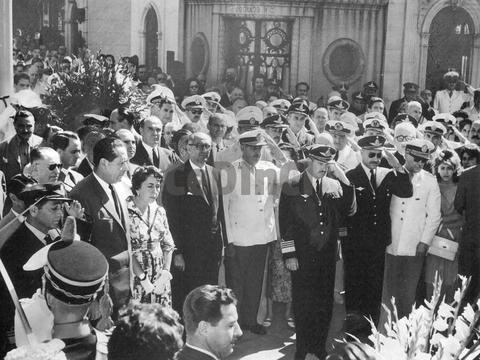
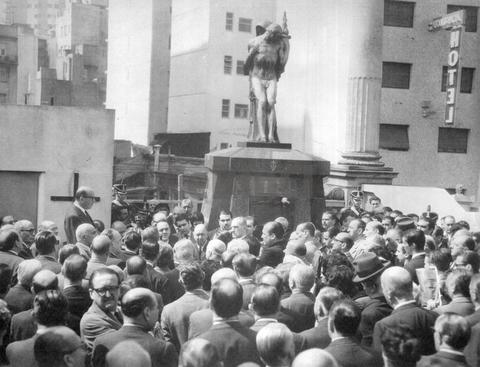
Update (Jan 2021): We’ve finally obtained an earlier photo of this mausoleum, which originally belonged to Brigadier General José María Paz. In 1956, his remains were transferred to the Córdoba cathedral. Lonardi died that same year, so in effect this mausoleum passed from one military leader to another.
